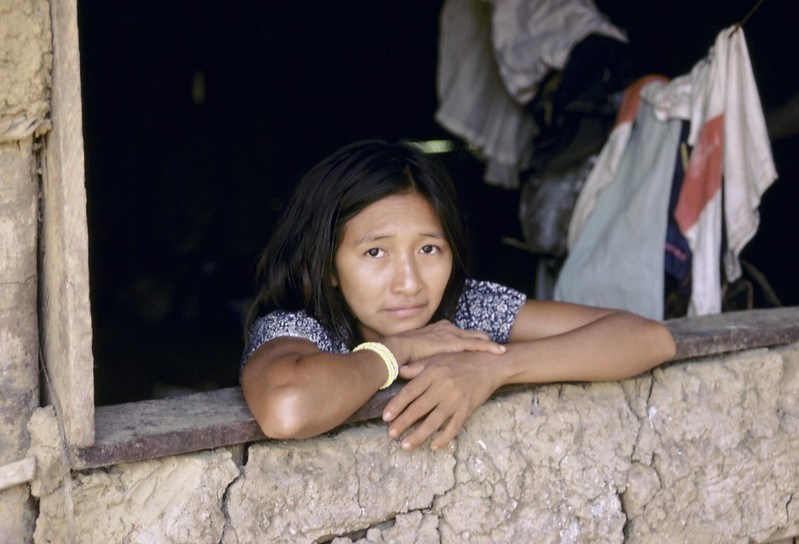In the last quarter of 2019, Latin America was mired in several protests against social inequality with notable events recorded in Ecuador and Chile.
Even though from 2016 to 2019, the level of poverty in Chile was reduced by 3 percentage points together with other encouraging economic indicators that were recorded within the same period, there were still protests against inequality in the country.
As the world’s most neoliberal country, key sectors such as education, health and pension have all been privatized with 1% of the country’s population claiming ownership of about 26.5% of the entire wealth in Chile. High-income pattern in the country is highly skewed towards the rich with the average person in the middle-class earning about $778 a month; a clear depiction of income inequality.
Income inequality is a condition that is preceded by inequality even before birth and the resulting disparity as children are given unequal opportunities during their crucial formative years.
Lack of equal opportunities for all children in a country over a specified time frame mostly leads to income gaps as they grow into adults; a situation that usually encourages persistent intergenerational transmission of income inequality. Although children are offered unequal opportunities by their families in all regions, the opportunity gap between the poor and the rich in Latin America is larger than any other region in the world.
Highlights from a report that was published in September, 2020 by the Inter-American Development Bank (IDB), suggests that as compared to Organization for Economic Co-operation and Development (OECD) countries where only 14% of households do not have opportunities to aid their children to grow and learn every day; a whopping one-third of households in Latin America believe their children do not have the required opportunities to grow and learn every day.
Data on inequality in Latin America indicates that from the 1990s to 2018, the region has experienced significant changes in the dynamics of inequality; a period that can be categorised into three major phases. For countries such as Brazil, Uruguay, Argentina, Mexico and Ecuador which suffered severe economic downturns during the 1990s, these countries experienced macroeconomic stability in the 21st century.
This economic outcome is mainly attributed to the structural reforms that were implemented by many countries in the region and the favourable external economic conditions at that time.
This phenomenal change was instrumental in achieving a decline in inequality in the region; between 2002 and 2012 inequality declined at an average of 0.6 Gini index per year whiles the difference in Kuznets ratio (Income Ratio) also reduced to 1.68 points per year. Between 2012 and 2018, thus the third phase, inequality continued to diminish at an average of 0.2 Gini coefficient per year; concurrently, the region’s Kuznets ratio also dwindled at 0.62 points per year.
Evidently, inequality declined across all the countries in Latin America but the duration of reduction differ from one country to the other with the largest drop, experienced between 2002 and 2012. However countries such as Panama, El Salvador and Bolivia witnessed a downturn in inequality after 2012. Conversely, the landscape of inequality for countries in the region varied after 2012; whiles Paraguay and Brazil experienced an upswing in inequality other countries such as Ecuador, Chile, Argentina and Peru recorded a stunted growth in inequality.
In spite of the fact that between 2002 and 2018, inequality was abated in Latin America with Central America and Southern America accounting for a decline in inequality of 6 points and 7 points, respectively, the Andean region experienced the highest tail off in inequality within the period; representing 10 points. The decline in Gini points for inequality in the region is largely attributed to a reduction in the wage inequality.
To meet the Sustainable Development Goals, it is essential for countries in Latin America to commit more resources in a concerted effort to assuage inequality. The most efficient means to generate adequate revenue from countries in the region is to implement effective high-quality tax systems that will shift the current focus on labour income to capital gains. Countries in the region are losing huge revenues as a result of ill-suited tax systems.
In July, 2020 Oxfam International, reported that Latin America will lose $113.4 billion in tax revenue this year; an amount that is equivalent to 59% of public health expenditure in the region. In the wake of Covid-19 the wealth of the region’s 73 billionaires has soared by $48.2 billion. However for several decades, Latin America does not receive a fair share of tax revenue as most companies and wealthy people take advantage of the weakness in the region’s tax system and siphon funds into tax heavens in other countries.
It is imperative for governments in the region to design and implement an appropriate international tax system that ensures that people and companies in Latin America contribute their fair share of taxes. Revenue generated from this efficient international tax system will serve as a sustainable source of funding that will enhance public investment in key sectors such as education, health, infrastructure and transport which could promote shared prosperity and alleviate inequality.
Alexander Ayertey Odonkor


